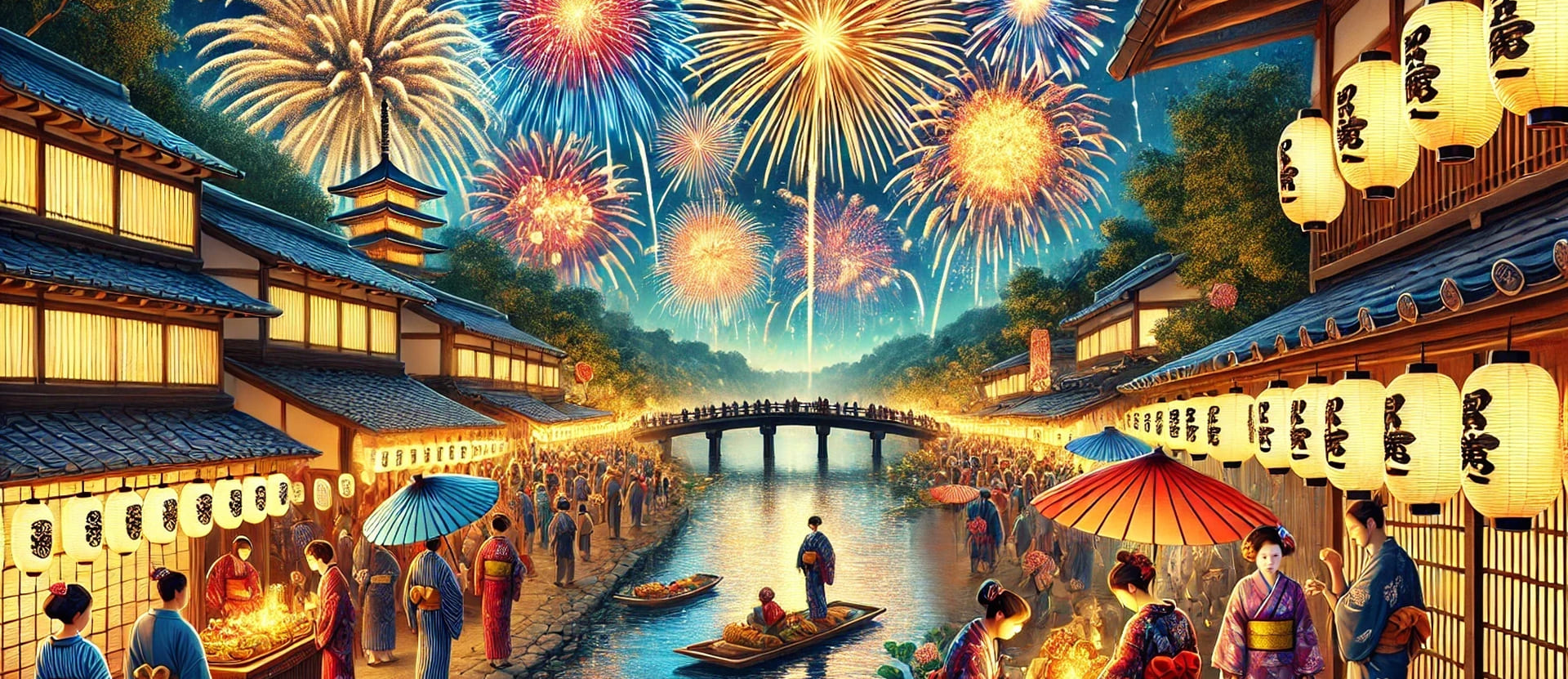
Japanese Festivals
Japanese festivals (matsuri) are vibrant celebrations that connect communities with their traditions and seasonal rhythms. From the famous Gion Matsuri to local shrine festivals, these events bring people together to honor deities and celebrate life.
Festivals around Japan
Seasonal Festivals
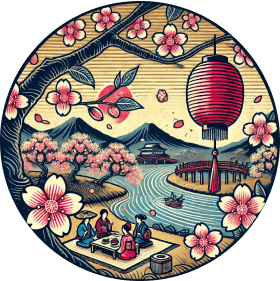
Spring Festivals
Sakura Festival
Aoi Festival
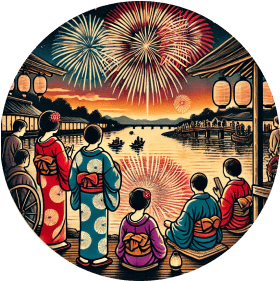
Summer Festivals
Gion Festival
Fireworks Festival
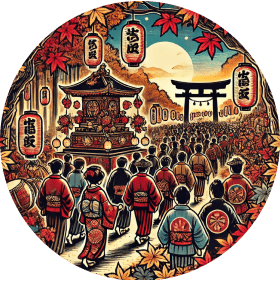
Autumn Festivals
Jidai Festival
Harvest Festival
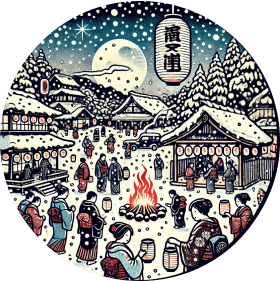
Winter Festivals
Sapporo Snow Festival
Namahage Sedo Festival
Japan's Three Biggest Festivals
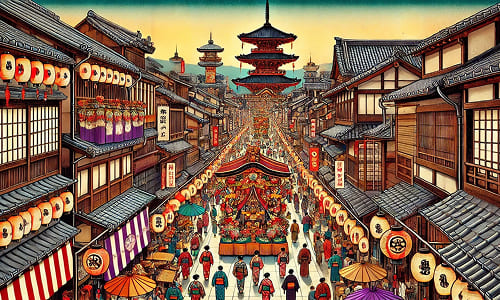
Gion Festival (Kyoto)
The Gion Festival is held every July in Kyoto. With a history of over 1,000 years, it features spectacular “Yamaboko” floats that parade through the city streets. During the month-long celebration, visitors can also enjoy traditional music, street food, and vibrant nighttime festivities.
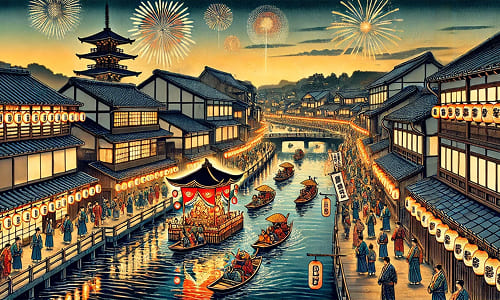
Tenjin Festival (Osaka)
The Tenjin Festival in Osaka, held every July, is a vibrant celebration featuring parades, river boats, and fireworks. One of its highlights is the “Funatogyo,” a river procession with portable shrines, followed by a spectacular fireworks display.
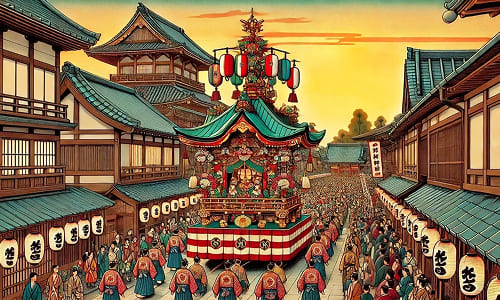
Kanda Festival (Tokyo)
The Kanda Festival, held in mid-May during odd-numbered years in Tokyo, traces its roots back to the Edo period. More than 100 portable shrines (mikoshi) parade through the streets of central Tokyo in celebration of prosperity and good fortune.





